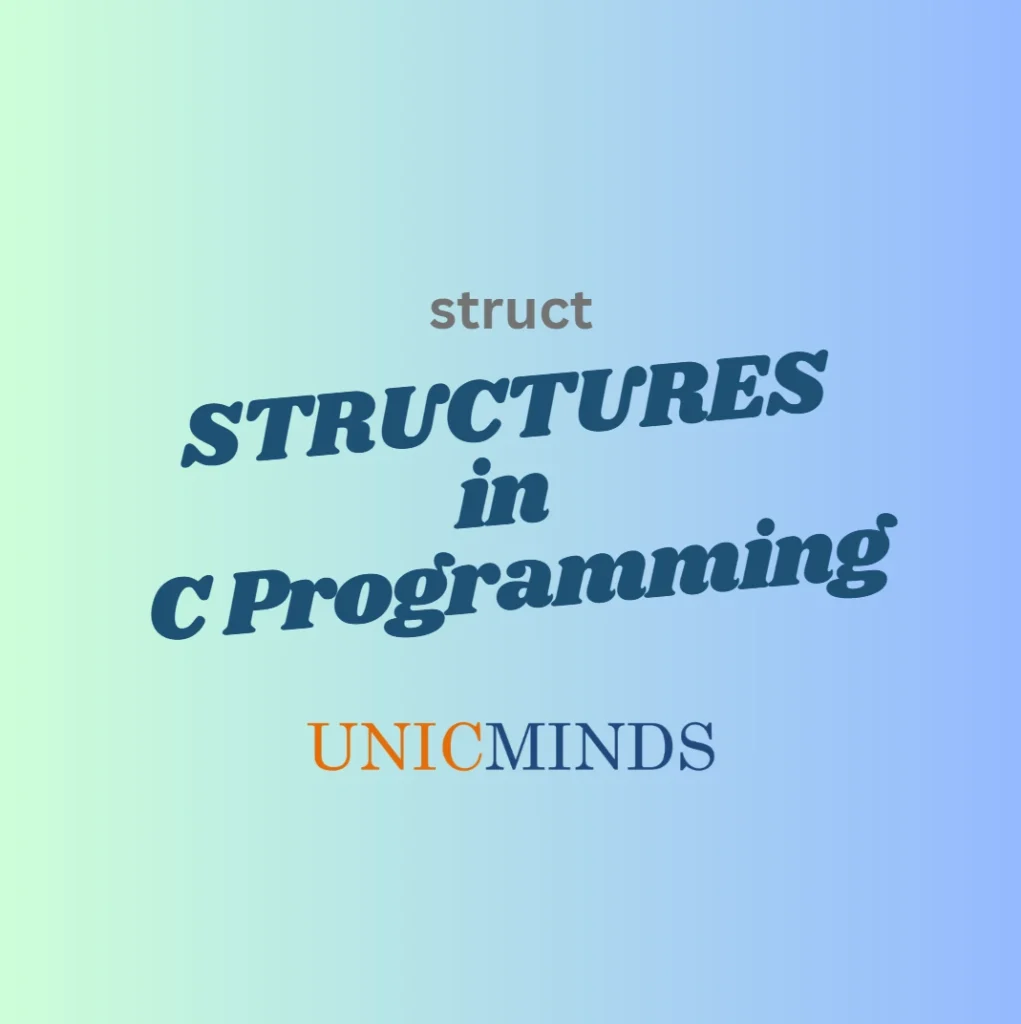Arrays and Strings can only be used for handling similar data, and therefore the need for something to handle groups of dissimilar data together such as a student ID, class number, course name, teacher name, and pincode. In order to deal with dissimilar data, we have “structures” in the C programming language.
Structures inside and outside the main function
You can define structures in the C programming language both within the main function or outside the main function. If the structure is defined within the main function, then it cannot be accessed by other functions and can only be accessed by the main function alone. If the structure is defined outside the main function, then all functions can access the structure.
Accessing Elements in a Structure
The dot operator is used to access various elements in the structure.
Passing Structures To Functions
Like any variable, structures can be passed by value or by reference to functions.
typedef for structures
The “typedef” keyword is used to define an alias for an already existing datatype. To define the variables we have to use the “struct” keyword along with the structure name to define the variables. This can be very long and hence we use typedef. Typedefs are not simple string replacements like macros in C. There is more to typedef than simple string replacements.
Nested Structures
Various Applications of Structures in C Programming
Structures in C programming are used for many applications:
- to define custom data types such as complex numbers, which are not present in the language.
- to organize a large amount of data that can be stored in different fields.
- to create data structures such as trees, linked lists, etc.
- can be used to return multiple values from a function.
- to draw a graphics shape on the screen
- format a disk
- hide a file from the directory
- clearing the contents of the screen
- and many more applications
Hope this is useful, thank you.
You may like to read: Program vs. Process vs. Thread, Coding the Pacman Game in Scratch, & What is Coding for Kids?


